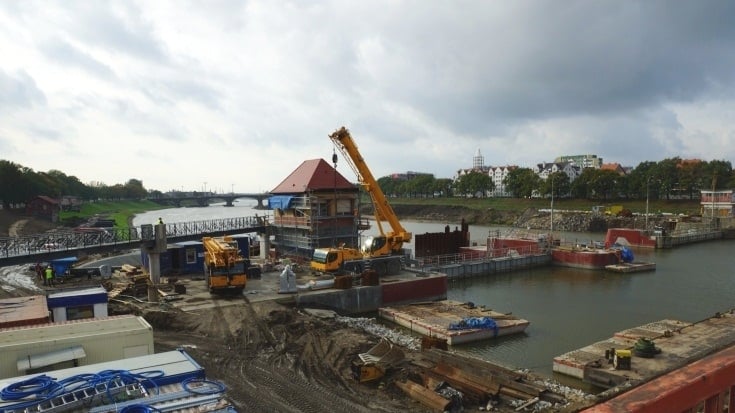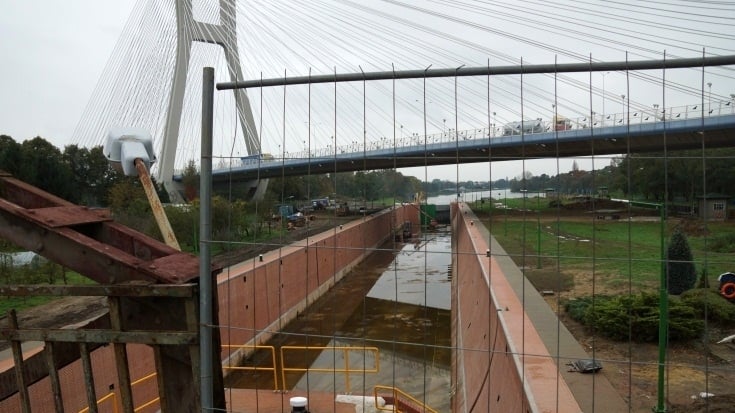
The Secondary Benefits of Urban Flood Protection Projects: Wroclaw, Poland

Industry
International Development
Challenge
With global climate change impacting cities around the world, local and national governments need to plan for and invest in solutions that mitigate the climate and disaster risks their populations and economies face.
Case Study
This study presents a spatially focused methodology that employs proxies to provide further evidence of secondary benefits linked to large-scale investments in urban flood protection in Wroclaw, Poland.
Key Product
Research Paper
"Within newly protected areas, the study finds increases in land and residential real estate values, and an increase in economic development in parallel to on an increase in nighttime light intensity and built-up area"
World Bank Policy Research Working Paper
Paper No. 11178

Authors
Winston Yu
Ran Goldblatt
Tess Doeffinger
Ross Eisenberg
Steven Rubinyi
The Challenge
Climate change and urbanization are fundamental factors contributing to a trend of increasing urban flood risk worldwide. This reality has led to a growing recognition of the need for urban flood mitigation plans and physical adaptation measures, such as concrete channels and floodwalls, compacted earthen levees, channel improvements, and more, in order to reduce future risks and the exposure of people and assets while increasing resilience to floods.
The Case Study
In this study, we assess and quantify the secondary benefits of investments in flood protection infrastructure in the city of Wroclaw, Poland. We use granular data and recent advancements in geospatial analysis methods to evaluate the infrastructure investments according to the land value changes and economic development they delivered.
We demonstrate the relative effectiveness of three spatial measurements—nighttime lights, built-up land cover, and population counts—to serve as proxy indicators for the secondary benefits of urban flood protection infrastructure based on localized, temporal changes in economic development.
The relative rate of change for land and residential real estate values, nighttime light intensity, and built-up area within areas newly protected from flooding outstripped that of other areas of the city.
Conclusion
This study demonstrates that investments in flood control infrastructure are directly linked to increases in nighttime light emissions and built-up area, which serve as proxies for economic development in Wroclaw, Poland. We also find that the three remotely sensed measures we assess have a statistically significant and strongly correlated relationship to both annual investments made in flood protection and annual real estate transaction prices.
